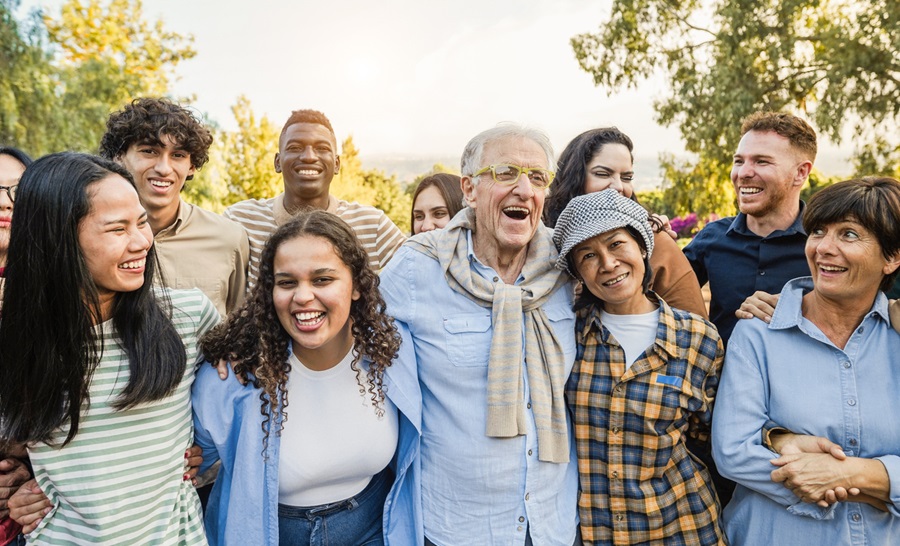Ageism—the stereotyping, prejudice, and discrimination against people based on their age—shapes both how older adults are treated and how they view themselves.1 Although it can be subtle, ageism nevertheless can bring serious consequences; potentially affecting mental and physical health, contributing to social isolation, and undermining older adults’ confidence and autonomy as they age.
Ageism doesn't only occur from society towards an individual; it can also be internalized. Older adults absorb negative stereotypes about aging throughout their lives, leading them to view themselves as less capable, valuable, or worthy of connection.1,2 This self-directed ageism can increase anxiety about aging, lower self-esteem, and reduce motivation to engage in meaningful activities or relationships.1
But ageism doesn’t need to be an inevitable part of aging. Together, we can push back against it through a surprisingly simple but impactful approach. One of the most powerful ways to push back against ageism is by fostering and nurturing supportive intergenerational connections.
What the Research Tells Us
A large evidence synthesis of nearly 200 studies identified key factors that drive both self-directed and societal ageism.1 Psychological traits, including low self-worth or anxiety about aging, can influence how older adults perceive themselves. In general, fear of aging shapes how society treats older adults.
However, across this large body of research, one consistent finding stands out: meaningful intergenerational contact can reduce ageism. That is, it’s not necessarily how often people interact with older adults that matters, it’s about the quality of those interactions and how they unfold. Positive, engaging, and respectful contact can challenge stereotypes and foster mutual respect and understanding.1 Media also plays a crucial role, with research highlighting that when older adults are shown in a positive light (e.g., active, wise, loving, and resilient), it can help counter harmful assumptions about aging and older adults and facilitate more compassionate attitudes.
Another evidence synthesis of 39 studies assessed perspectives about aging and highlighted that they are collaboratively built throughout society, are reinforced through social interactions, and commonly include viewing aging as a ‘hindering process’. The review found that study participants reported the main coping resource against harmful social and personal perceptions of aging was social support, which worked to increase a sense of membership and personal value.2
What Older Adults Can Do
Older adults can actively challenge ageism, both in themselves and through how they engage with others:
- Seek and nurture positive relationships. Staying connected—with peers, friends, family, neighbours, or community groups—can combat internalized ageism and provide a sense of purpose and value.
- Be visible and vocal. Share your experiences, insights, and talents to help others see aging in a positive light. Mentoring, volunteering, or creative activities all add up. Your contributions matter!
- Challenge negative self-talk. Take a pause to notice when you’re repeating ageist thoughts (e.g., "I'm too old for that") and replace them with affirmations of your strengths and the possibilities life holds.
- Support inclusive storytelling. Promoting media, books, and programs portraying older adults as leading rich and capable lives is a good way to help push back against ageist attitudes. Besides that, don’t hesitate to call out ageist attitudes when you see them!
By challenging ageist ideology and building supportive and affirming connections, older adults can help combat ageism both internally and in others. Together, we can shape a more respectful and inclusive society, both for ourselves and future generations.


-cropped0a1c75a5389865188b9fff000027d16b.jpg?sfvrsn=cd8410d6_0)


